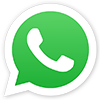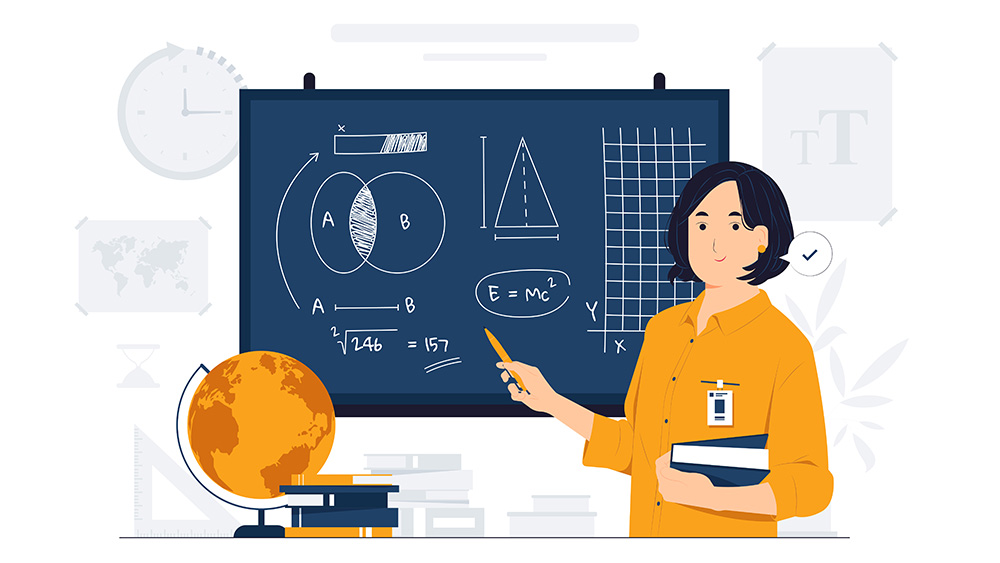




 01/08/2024
01/08/2024
This study looked at the use of digital technology in IB World Schools in the UK to enhance science and math instruction in the Diploma Programme (DP) subject areas.
Documenting teacher and student technology adoption, comfort, and skill sets was one of the study's main goals. Another was to find examples of effective technology use in DP math and sciences courses to improve student learning and provide guidance for IB policy and teacher practices.
Technology integration, planning, and execution in educational settings
Although the infrastructure and planning for technology were constantly excellent, the practices used within it could have been more consistent.
Integration, therefore, took place on a continuum that stretched from what might be called "high confidence," which refers to the seamless use of technological resources to improve students' learning in sensible and original ways, to "lower confidence," which involves the use of more generic tools and technology primarily for information transfer.
It should be mentioned that diploma science and math curricula can be found in a range of educational settings. Consequently, IB practitioners frequently adjust to the technical limitations and advantages of policies developed within the larger framework of a host university.
Hardware infrastructure: Supplying networks
An IB maths tutor in India from IBGA shares the survey data, that proclaims most responding schools have wireless network access available to both students and teachers. Furthermore, not a single school with a wireless network designated it only for use by instructors.
Utilise your personal device to access infrastructure
Research from schools demonstrated that one of the key markers of effective technology organising and integration was the presence of a "bring your own device" (BYOD) policy.
Nearly all of the schools that participated in the survey allowed students to bring their own devices, though many also had policies that restricted students' use of them. Although there were limitations for younger students, those enrolled in the Diploma Programme and students in mixed IB curriculum educational institutions of a similar age were generally permitted to use their own devices.
The potential of mobile devices, like smartphones and tablet computers, for inquiry-based and exploratory learning, learning outside of the classroom, and collaborative learning can be fully realised, as evidenced by their increasing global availability and reliable WiFi access.
While playful performing multiple tasks with these personal gadgets raised some concerns, distraction was not seen as a significant obstacle to creative application, particularly for DP students.
Policies encouraging BYOD may also help with student differentiation. It was believed that technology could help meet each student's unique learning needs, particularly in schools where BYOD policies were well-integrated and allowed students to modify and personalise their own devices for learning.
Application: Information exchange
Closing the knowledge gap is a significant implementation of technology challenge. The study emphasised a number of methods for utilising other professionals' knowledge and sharing platforms, such as social media, online curriculum centres, and continuous professional development (CPD).
It will be crucial for school administration to foster more casual and just-in-time approaches of knowledge sharing given the onerous demands on staff time. Though they don't have to be from the same institution, reliable colleagues are the best sources of motivation, support, and encouragement.
The use of technology by educators in the classroom
Delivering the lesson's material
Instructors reported presenting pre-made, content-driven information using technology. In certain instances, the examples merely used more modern ICT (information and communication technology), like e-books and interactive whiteboards, in place of "old technology," like books and blackboards.
From the viewpoints of educators and learners, these visually stimulating ICT-based resources have the benefit of assisting students in comprehending more complex ideas and abstract principles.
Their application in IB World Schools enables students to participate in a variety of investigations and observations that might otherwise be limited by financial and practical constraints.
Creating instructional materials
Educators also talked about creating materials for expository purposes using ICT.
For instance, an IB teachers in Gurgaon-India recorded every one of his IB maths classes and posted them on the school's/IBGA’s virtual learning environment (VLE) respectively, so that students could watch them again if they missed any or wanted to review a particular topic.
In other instances, educators used tablet computers to record screencasts or screencasts, which could then be posted to the VLE so that students could review specific lessons or subjects.
Promoting inquiry-driven learning
An IB maths tutor in Gurgaon from IBGA says that, DP instructors and pupils are accustomed to building knowledge through inquiry-based learning, which is a fundamental component of the curriculum. As a result of the findings, science and Maths curricula are beginning to fully incorporate inquiry thanks to technology.
In areas where there is room for increased technological adoption, parents and schools ought to be highly motivated to do so. Inquiry-driven learning supported by technology is both widely available and easily accessible, and it adheres to the DP policies and principles for 21st-century student development.